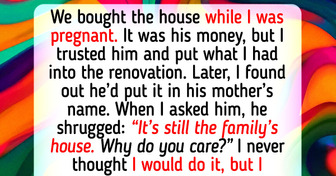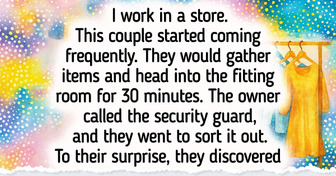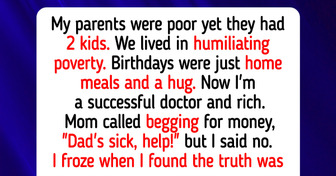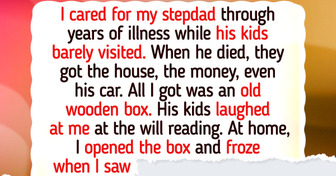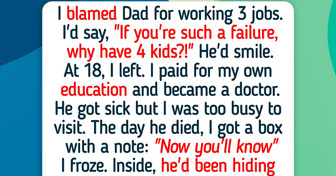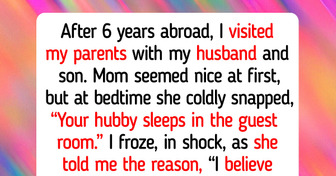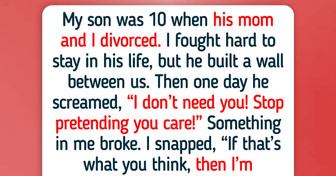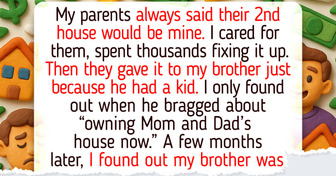My DIL Excluded Me From Gender Reveal Party, Saying I’m "Not Family"—Big Mistake

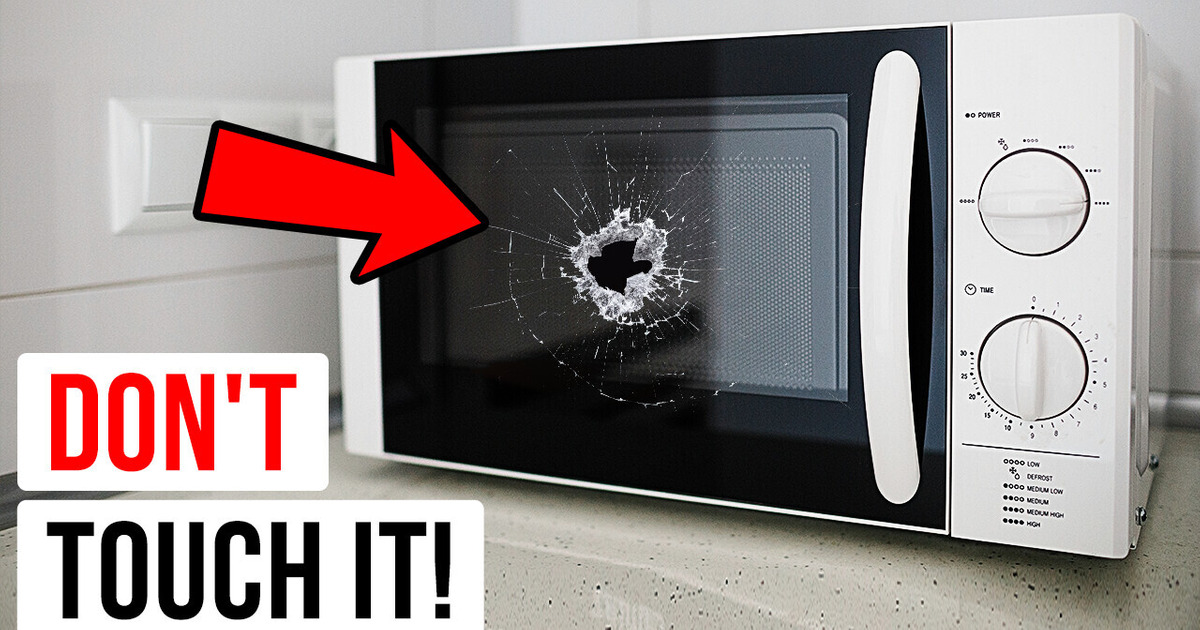
In our houses, we use many items every day, but how safe are they? Let’s take a look at some of these dangerous household appliances.
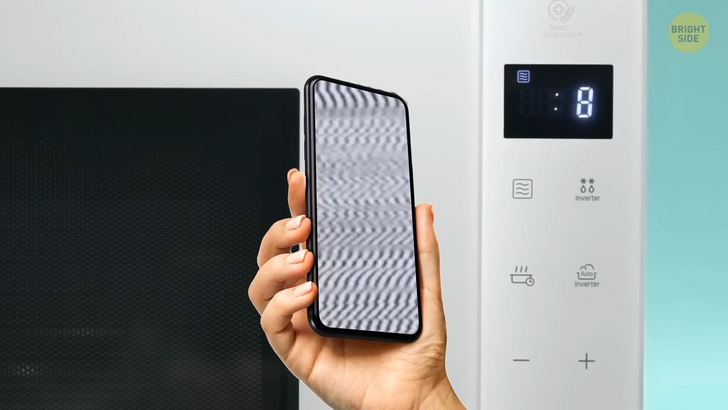
Health concerns and debates about microwaves are still in the air. I’ll take it one step further. Is it safe to use a microwave with a hole or crack? The microwave oven — as the name suggests — works with microwaves that bounce back and forth off the walls of the oven. With a leak, the waves can escape. Microwaves emit radiation, that’s true. But it’s not the DNA-damaging kind. It’s a type of electromagnetic radiation. The size of the crack on the device and wavelengths are interrelated. So, the wavelength of microwaves is over 4 inches. For the waves to get through the crack, the hole must be at least 4.7 inches in diameter. At least, this is how it should be in theory.
What if the crack is wider than that? There are several outcomes that you might have to face. Firstly, if your WiFi router is just a few inches away from the microwave, your wireless Internet may go haywire because electromagnetic waves will clash. Secondly, your cell phone can get affected, too, because smartphones use radio frequency waves that are close to the frequency of microwaves. If you put your phone near the cracked microwave, you can lose network coverage. Your phone can even catch fire in an extreme situation. So, maybe it’s best to keep all flammable items away from the cracked microwave.
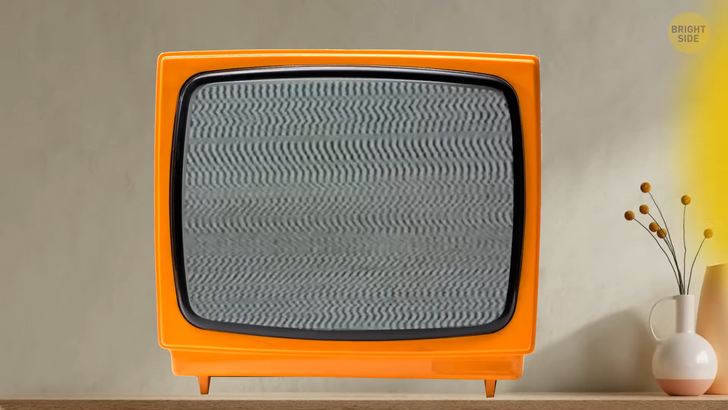
Lastly, this “leakage” can interfere with other electronic devices and appliances, especially those controlled remotely. Flickering TV, tube lights turning on and off — these can be the waves messing with you. But more importantly, this leakage can harm your health. All righty, so what can you do about this hole? Of course, it’s best to avoid using your microwave. You should get in touch with the manufacturer or seller and request a replacement. Your chances are higher if it’s newly bought. If this isn’t an option, you can give it a try with a pro repairer. If you must use it for some reason, take some precautions. You can cover this hole with aluminum foil. This method is related to the basic principle of how these gadgets work. Aluminum foil is metallic, so it would help with keeping the waves inside — to some extent. One important thing, though. Don’t touch this covered part while the microwave is on.
There’s a device called a “microwave radiation detector.” It measures the intensity of the leakage. It’s not my place to discuss how necessary that device is. But if you don’t have it and want to understand how bad the leakage is, put a frozen chocolate bar very close to the covered hole. Wait and see how fast it will melt down. It can give you an idea about the intensity of the leak.
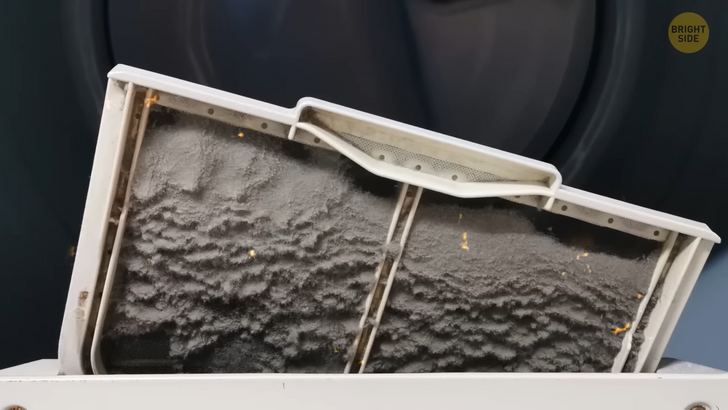
The lint accumulating in your dryer carries some risk too. You’re at home; it’s your cleaning day. You probably didn’t think about cleaning the lint filter. After hearing this, maybe you will. If you leave it unchecked, it can turn into a safety hazard. It turns out that every year, clothes dryers cause many household fires because of the full lint filter. The lint blocks the airflow. The drying efficiency decreases. At some point, it can cause fire, and the lint itself is combustible. And this is already another level of a safety hazard. How to remove the lint, then? Independent of the type and brand, all dryers have a lint filter. It may look difficult to clean the thing. But don’t let it intimidate you. All you need to do is remove the lint trap and take out the stuff that blocks the airflow.
Speaking of cleaning your dryer, you should pay attention to the dryer vents. They don’t have to be cleaned regularly — once a year would do. To clean out your dryer’s vents, look out for the part where the dryer and the exhaust vent are linked. Remove the pipe and reach into the opening. You can use a vent brush to get rid of the lint. You should keep the drier turned off and unplugged while cleaning the vent, just in case. Dryers can start fires in other ways, too. For instance, if the thermostat breaks, the dryer can keep getting hotter and hotter and eventually start a fire.
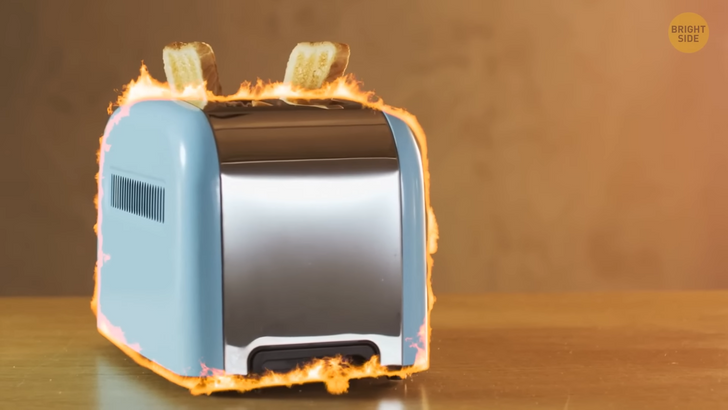
Let’s get back to the kitchen again to talk about how toasters can work against you. Toasters and toaster ovens can catch fire when their circuit boards and wiring fail. Sometimes fires are caused by us humans, too. You leave your food inside and then get carried away, doing something else. The food can burn and catch fire. A toaster can give you an electrical shock, too, if you, for instance, stick a knife inside. Even though your intention is just to take out the bread, unplug the device first.
Now, let’s talk about your oven. Keep an eye on the food inside because unattended cooking is one of the most common reasons for home fires. Another reason ovens burst into flames can be overusing the self-cleaning feature. In some cases, the heat may gradually damage the oven’s electronics systems.
Similarly, stoves are some of the most common sources of fires. Forgetting your meal inside or keeping clothes and other flammable materials too close to the stove can be the reason. By the way, if you ever see a grease fire, don’t try to put it out with water. Resist that urge. The water will only make it worse by splattering the grease. Instead, use a lid or another pot to extinguish the flames.
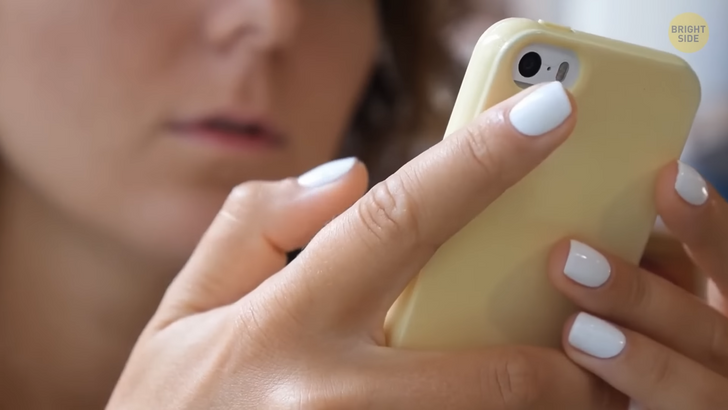
The next thing is personal electronics, like phones and laptops, which can catch fire if damaged or improperly charged. A voltage converter can save you from frying your electronics. These devices can also catch fire because of malfunctioning lithium-ion batteries.
Power bars can be dangerous too. Electrical power bars might provide you with the comfort of charging multiple devices at the same time, but they can also be a fire hazard. To eliminate this risk, don’t keep cords under rugs or furniture. Also, keep an eye on your electrical wires. Make sure that your pets haven’t been chewing on them and that they haven’t got damaged somehow. You can call an electrician into the house to install new plugs instead of using extension leads. It’s a safer option.
Humidifiers and extractor fans can also be sneaky. If you forget to clean them, they can cause a risk to your health. Fungus or bacteria can be your new roommates. Space heaters can be risky, too. They can cause gas leaks and carbon monoxide poisoning.
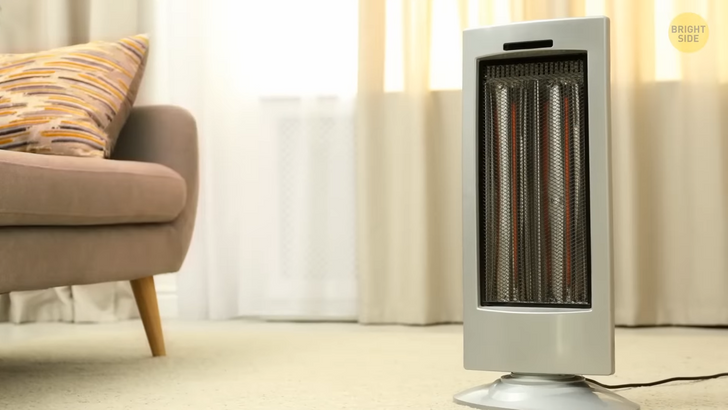
The next one is portable heaters. People put these heaters too close to combustible surfaces, like curtains, chairs, and rugs. Coil space heaters are especially hazardous because the coil becomes very hot. A safer option is the radiator type which diffuses heat over the entire surface, making it less likely to ignite flammable items. Here are some basic home safety tips as a bonus. You can buy fire extinguishers and fire blankets and store them somewhere in the house. You should be able to easily access this place. You can prepare a fire safety plan. You might have already installed smoke alarms in your rooms, but test their batteries on a regular basis. Most people miss this crucial part. Unplugging your appliances when not using them should be your daily habit. And another important one: always stay in the kitchen when you’re cooking something.
Do you sometimes turn on your dishwasher and then go out or go to bed? If yes, you take risks. According to the fire statistics of Great Britain, nearly all dishwasher fires are the result of a faulty appliance, not the fault of the user. So look out for the warning signs. Sometimes, brands recall certain products due to electrical defects, but many users don’t know about it and keep using their machines.


